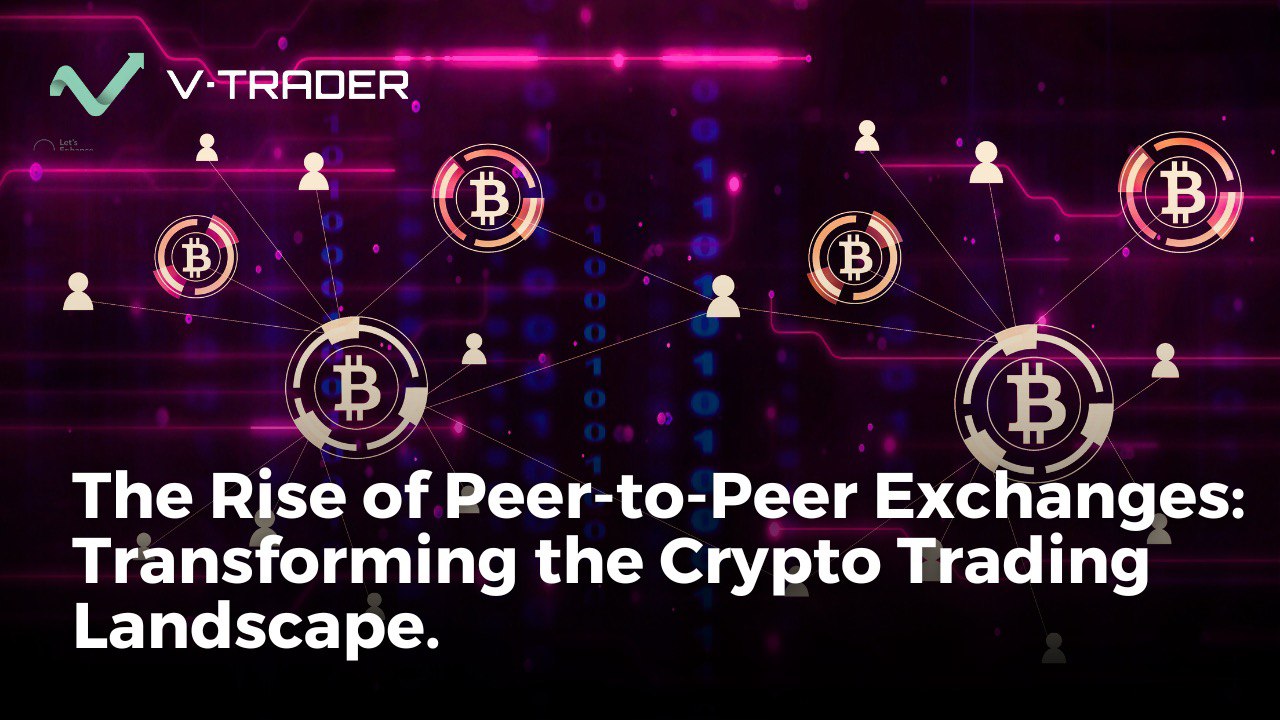In light of the Trump administration’s tariff proposals, international cryptocurrency XRP faces potential challenges that could impact its adoption and trading volume. Despite these risks, experts suggest that opportunities may still exist for investors willing to navigate the uncertain market landscape.
Tariff Implications on XRP
The proposed tariffs, currently on hold for three months, do not directly target XRP but could affect its adoption among financial institutions. Tariffs typically raise the cost of goods and services, leading to decreased demand for imports. This reduction in demand could lower international transaction volumes, thereby diminishing the need for XRP’s cost-saving capabilities in cross-border payments.
As importing businesses pass on the additional costs to consumers, the lowered demand for imported goods could lead to reduced international money transfers. Consequently, financial institutions might experience decreased currency exchange and money transfer fees, reducing the impetus to adopt cost-saving technologies like XRP. However, some institutions may still consider XRP to lower expenses beyond those associated with legacy systems like SWIFT.
Market Impact and Strategic Considerations
A potential decline in transaction volume on XRP’s network poses another challenge. Stablecoins on XRP’s chain, already used for processing international payments in dollars, might see reduced flows if institutions face less pressure to accumulate them. This shift could threaten XRP’s value, which is influenced by the total assets within its network.
The broader economic context adds another layer of complexity. A potential global recession could introduce a cryptocurrency bear market, further impacting XRP’s price. However, this scenario does not necessarily invalidate the long-term investment thesis for XRP. The coin remains a valuable tool for banks and currency exchange businesses, offering faster and more cost-effective monetary transfers.
Historical and Market Context
Historically, XRP has positioned itself as a solution for streamlining cross-border payments, attracting interest from financial institutions worldwide. Yet, its adoption has faced hurdles, including regulatory scrutiny and competition from other blockchain technologies. The current tariff situation adds to these challenges, highlighting the volatile nature of the cryptocurrency market.
Despite these uncertainties, the long-term drivers for XRP’s adoption persist, independent of tariffs or potential economic downturns. Investors with a high tolerance for risk and a long-term perspective might find XRP worth considering, albeit with caution given the current market volatility.
Conclusion
For investors contemplating XRP, the current climate requires careful consideration. Those with a high risk tolerance, patience, and a strategy of gradual investment might still find value in XRP. Conversely, more conservative investors may prefer to wait until the market stabilizes, avoiding potential short-term volatility and uncertainty.
As the cryptocurrency landscape continues to evolve, XRP’s future will likely depend on its ability to adapt to new economic realities and maintain its relevance in the cross-border payments sector.

Steve Gregory is a lawyer in the United States who specializes in licensing for cryptocurrency companies and products. Steve began his career as an attorney in 2015 but made the switch to working in cryptocurrency full time shortly after joining the original team at Gemini Trust Company, an early cryptocurrency exchange based in New York City. Steve then joined CEX.io and was able to launch their regulated US-based cryptocurrency. Steve then went on to become the CEO at currency.com when he ran for four years and was able to lead currency.com to being fully acquired in 2025.



